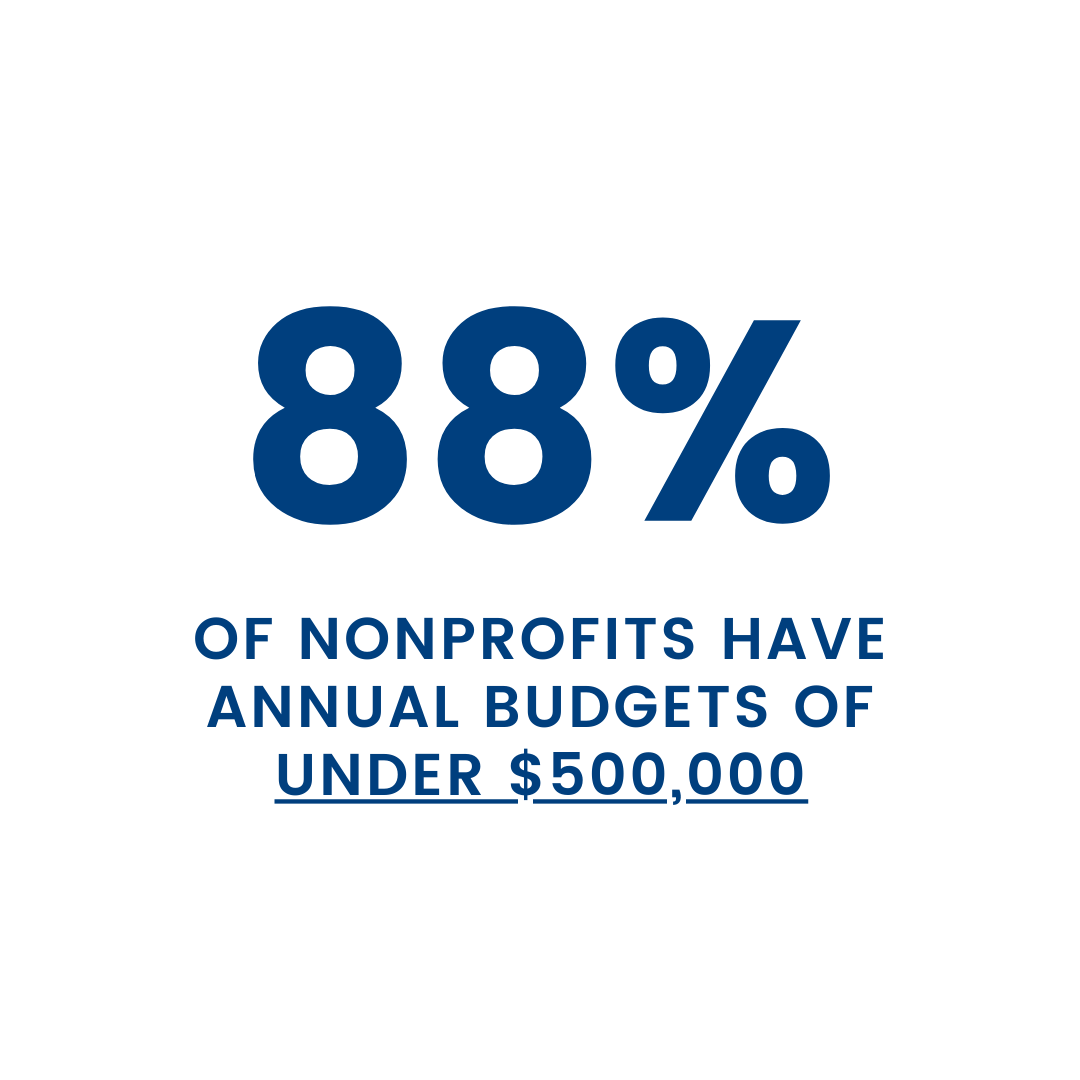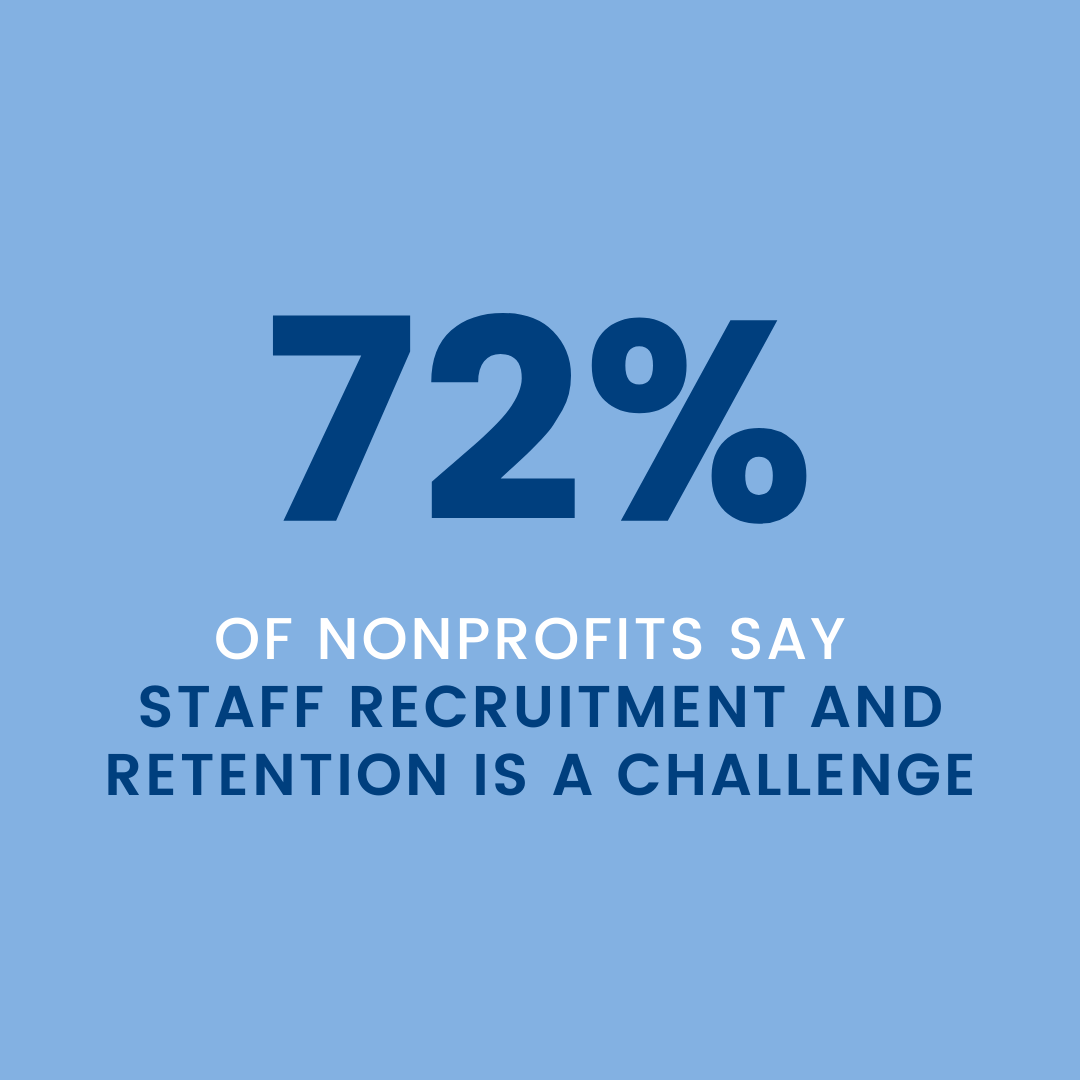Lessons Learned: Beautify Earth Retrospective
The process of scaling a nonprofit begins with a broad range of decisions: who to hire, how to measure success, how to secure funding and allocate spending, and so on. Even nonprofits with a bold vision for how they can improve their communities and a record of success often run into major obstacles when they attempt to scale impact – a reality that the founders of Beautify Earth discovered in the fall of 2019.
Beautify Earth is an international organization that creates murals in neglected areas; they are a platform that brings artists, landlords, and sources of funding together to create public art in outdoor spaces around the world
Beautify Earth is an international organization that creates murals in neglected areas; they are a platform that brings artists, landlords, and sources of funding together to create public art in outdoor spaces around the world. According to a recent article by Beautify Earth board member Atta Tarki, when the organization was planning to expand last year, it had already seen local success in Los Angeles and received national attention. However, Beautify Earth’s first major attempt to grow (by investing a significant amount of resources in a development officer) turned out to be a big setback.
As Tarki explains, the explanation for this failure is threefold: Beautify Earth expected too much of the new hire with a limited budget, there weren’t clear metrics for success or ways to track them, and the organization wasn’t prepared to innovate. All of these issues represent fundamental problems many nonprofits face, so let’s take a closer look at each one.
Beautify Earth expected too much of the new hire with a limited budget, there weren’t clear metrics for success or ways to track them, and the organization wasn’t prepared to innovate. All of these issues represent fundamental problems many nonprofits face, so let’s take a closer look at each one.
Don’t be afraid of investments in your own capacities
Tarki summarizes one of the biggest cultural impediments to innovation in the nonprofit sector: “Nonprofit leaders tend to be extremely cost-conscious, particularly when it comes to non programmatic spending. It’s almost painful for us to authorize funds – we feel acutely each penny that isn’t going directly toward community impact.” This is why Beautify Earth demanded so much from its new development officer – it was an attempt to “get our money’s worth.”
Considering the financial constraints that nonprofits face – from minimal cash reserves to the fact that almost 90 percent of nonprofits have operating budgets of less than $500,000 – it’s encouraging that nonprofit leaders want to be responsible stewards of their resources. However, nonprofits also have to remember that investments are often necessary to maintain the integrity of their programs and make the organization sustainable over the long term.
For example, while it’s understandable that Beautify Earth wanted to get the most out of its employees, 72 percent of nonprofits say staff recruitment and retention is a challenge. This is a reminder that nonprofits have to carefully assess how they deploy human capital, what resources they’re providing their employees, and how they’re keeping track of employee sentiment. Note the word “assess” – all of these processes begin with the ability to collect and analyze accurate information about a nonprofit’s programs and operations.
Establish concrete goals and how to track progress toward them
According to Tarki, one of the main problems Beautify Earth confronted with its development officer was “not clearly defining what ‘success’ would look like.” While Tarki was specifically referring to his organization’s ability to gauge the performance of a high-level hire, the failure to develop a system for rigorously identifying desired outcomes and measuring progress toward them is common in many different spheres of nonprofit management.
This has serious implications for nonprofits at every level – from their ability to attract (and maintain productive communication with) grantors to the effectiveness of their programs. And the problem is widespread – according to a 2019 survey of nonprofit executives, 71 percent of nonprofits struggle to measure outcomes. The top reason organizations cite to explain this problem is the lack of a “consistent framework for measurement and recording.”
Resilia provides this framework. One of the core functions of our platform is data sharing, both internally and externally. With features like automated reporting and real-time data visualization, Resilia helps nonprofits determine the effectiveness of their programs, make informed decisions, and provide transparency and accountability to grantors. With COVID-19 placing immense pressure on nonprofit budgets and grantors becoming more data-focused all the time, the ability to track and report outcomes is now indispensable.
Is your organization ready for innovation?
Tarki says Beautify Earth’s “most systemic failure” was the fact that it wasn’t “committed to supporting the sort of transformation we had tasked the development officer with achieving.” Beautify Earth’s strategy of asking business owners and other members of the community if they would allow artists to create murals on their property wasn’t working. The organization ultimately decided to move toward a “web-based platform where artists, property owners, and sponsors could connect,” but this wasn’t the plan when the development officer was hired.
Tarki says Beautify Earth’s “most systemic failure” was the fact that it wasn’t “committed to supporting the sort of transformation we had tasked the development officer with achieving.”
While Resilia’s platform helps nonprofits track progress toward specific goals, it can also help them determine what those goals should be. A lack of communication between grantors and nonprofits is a long-standing problem in the sector, but what’s often less remarked upon are the obstacles to open communication within nonprofits. Ineffective communication is one of the top three concerns nonprofit employees have, while nonprofit leaders consider the creation of “data silos” one of the main operational challenges they face.
It’s difficult for a nonprofit to establish a coherent strategy for program development or community outreach if lines of communication within the organization are severed or if employees don’t have access to the same data. When all stakeholders (including grantors) have access to the same information, organizations’ decisions will be vetted and discussed more widely. This will reduce the likelihood of systemic failures like the ones Tarki outlined.
Instead of learning which initiatives work and which ones don’t by trial and error, organizations that invest in their own infrastructure; systematically collect, analyze, and share information; and make informed decisions in consultation with their stakeholders will be taking proactive steps to ensure that their programs are as effective and sustainable as possible.





